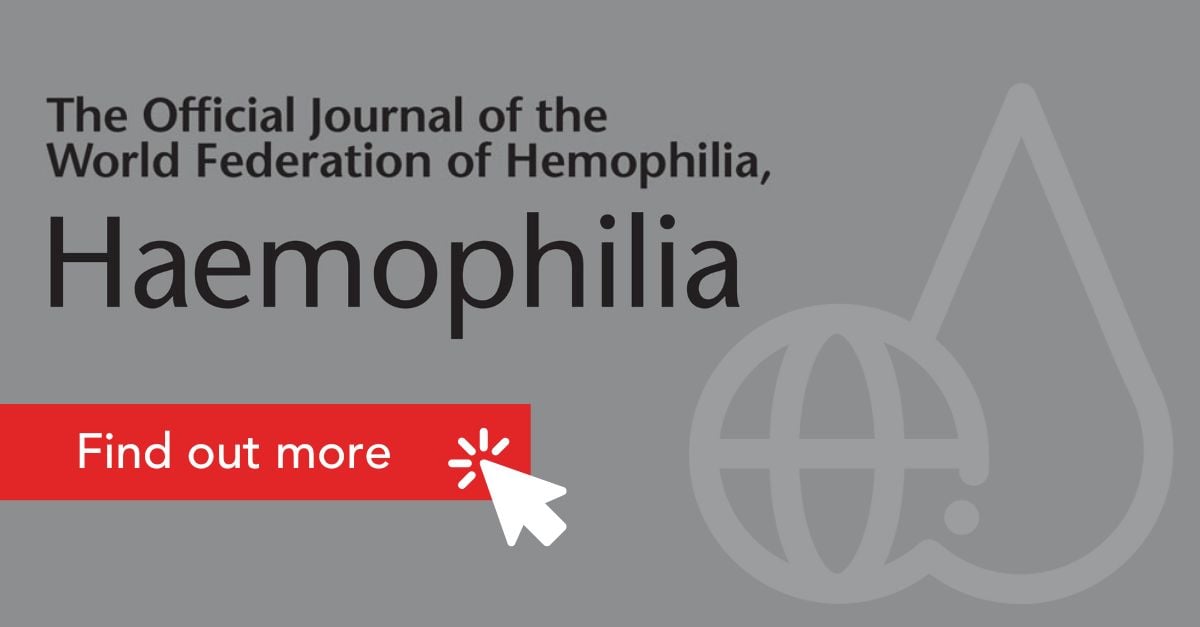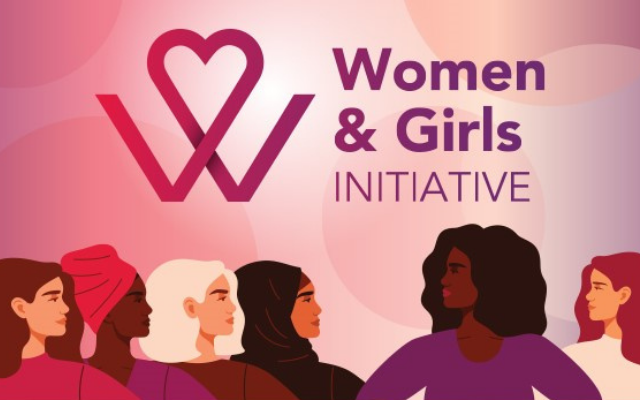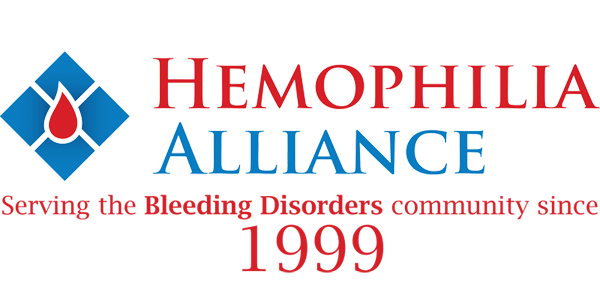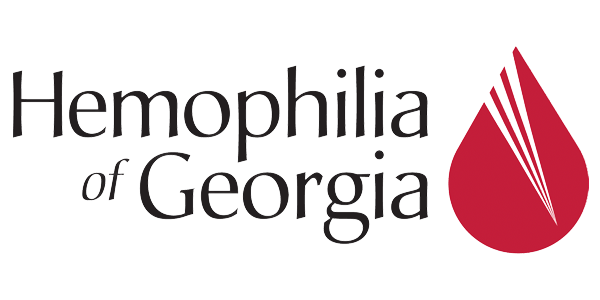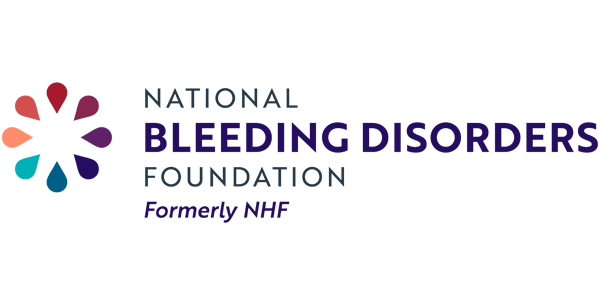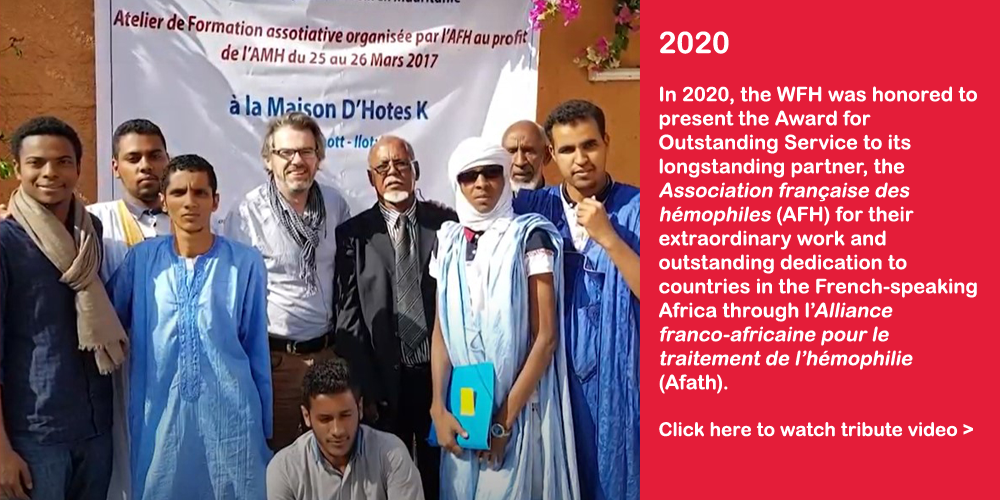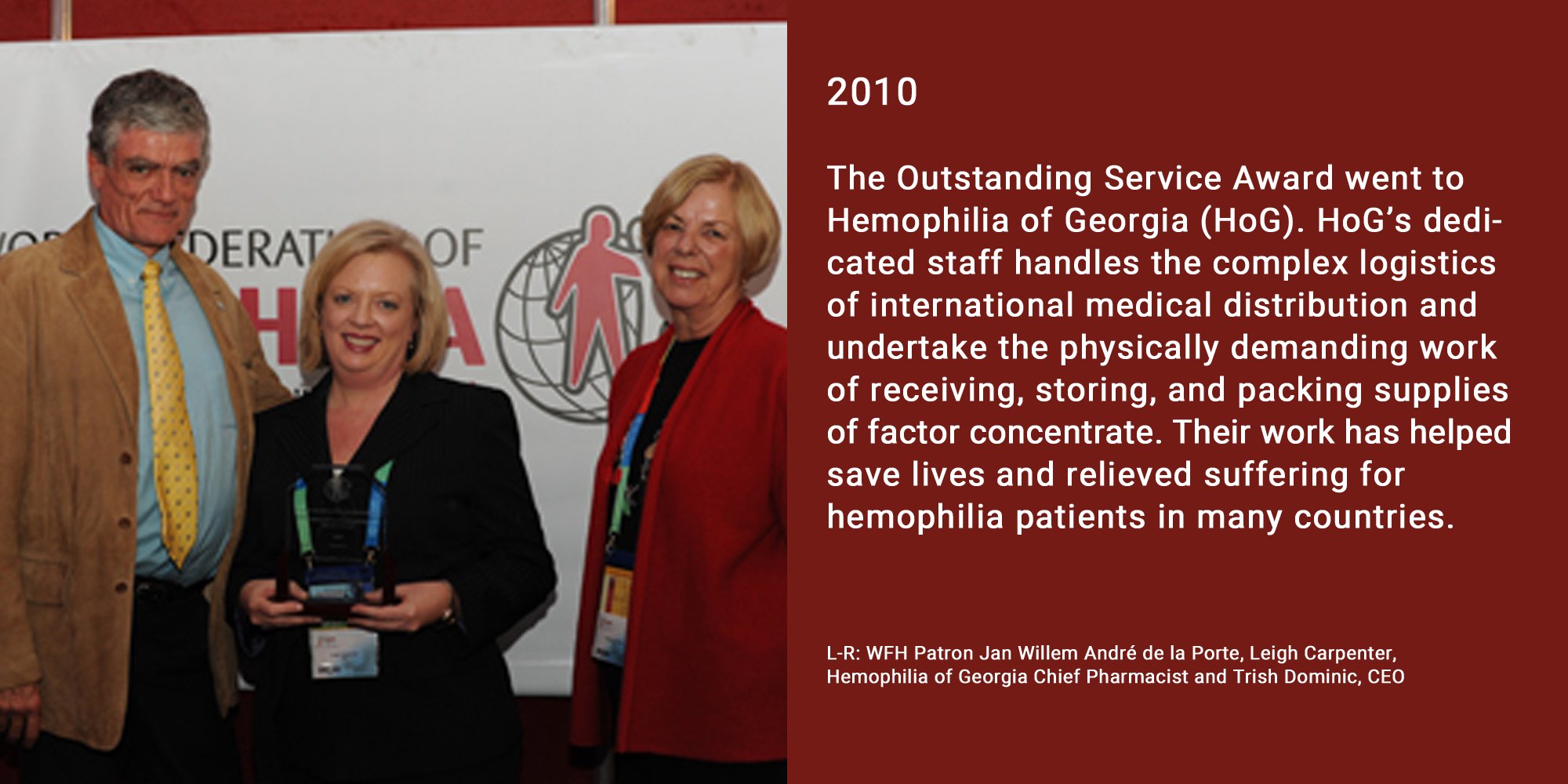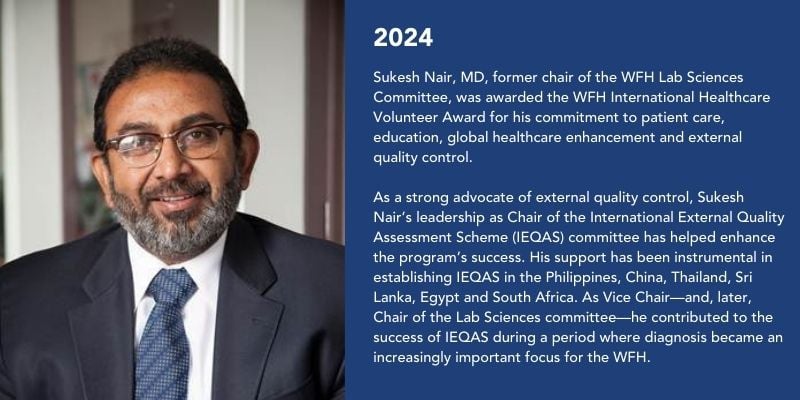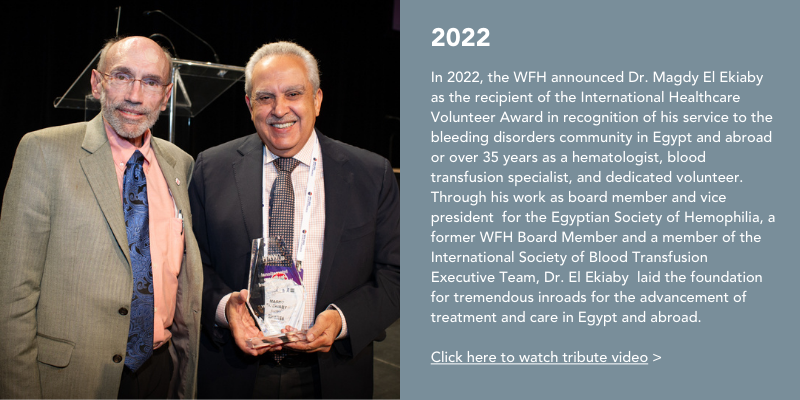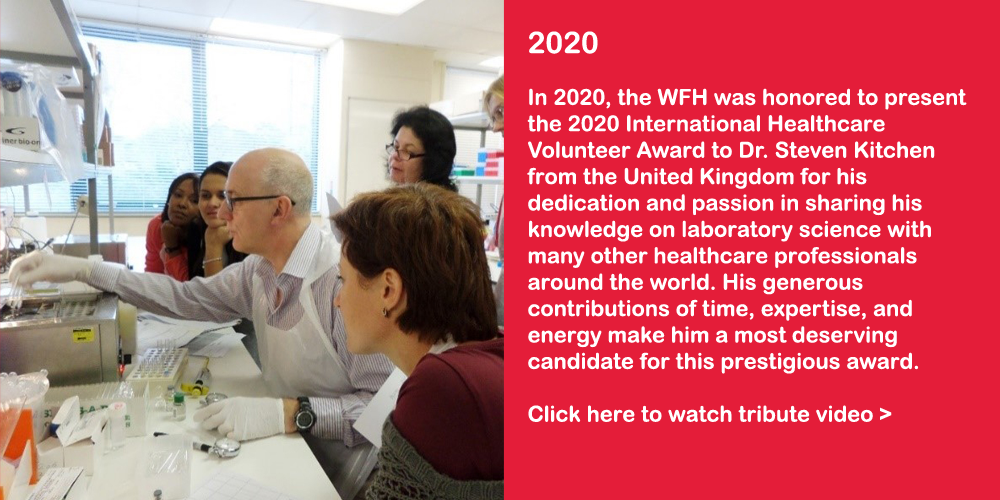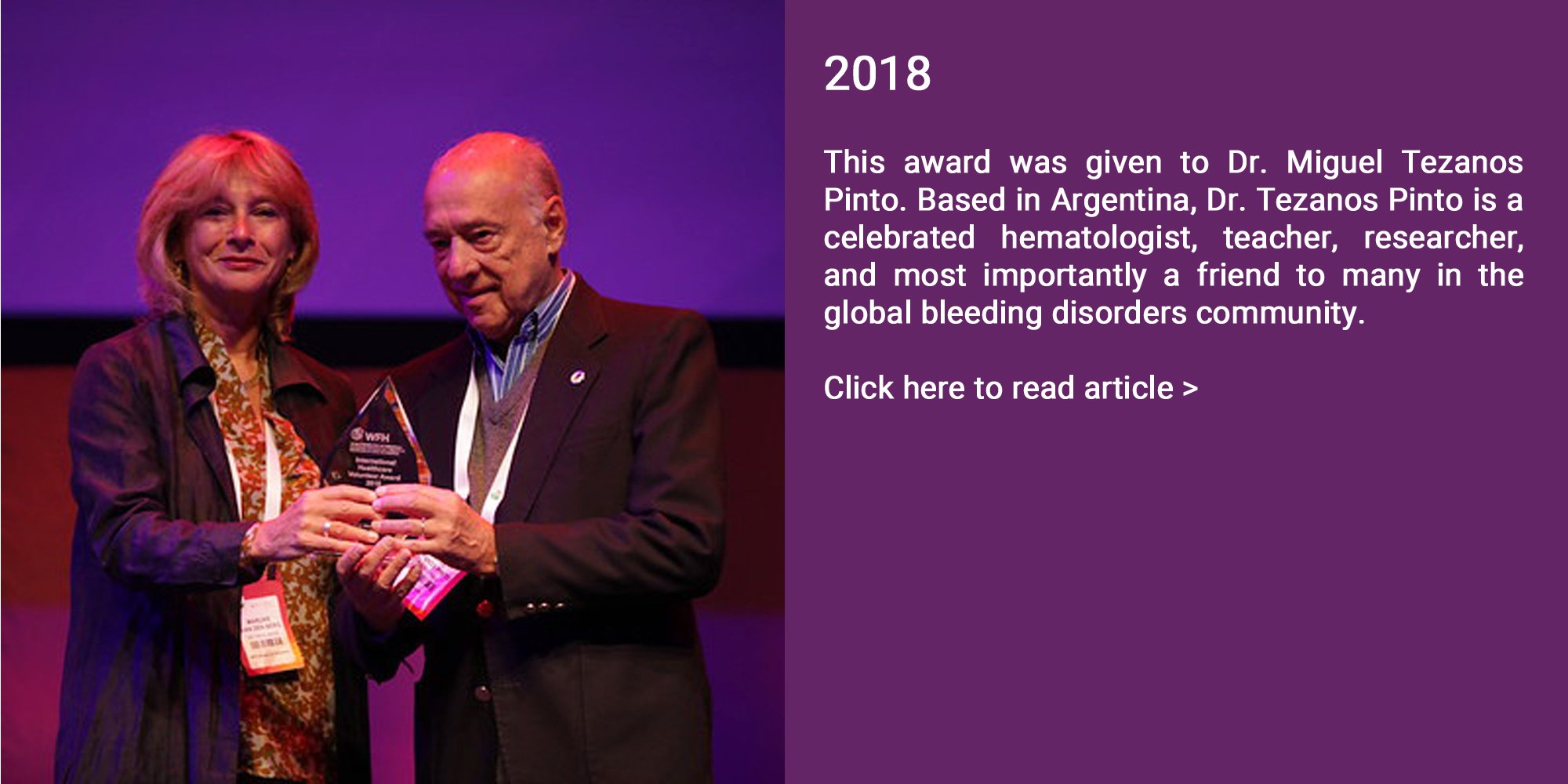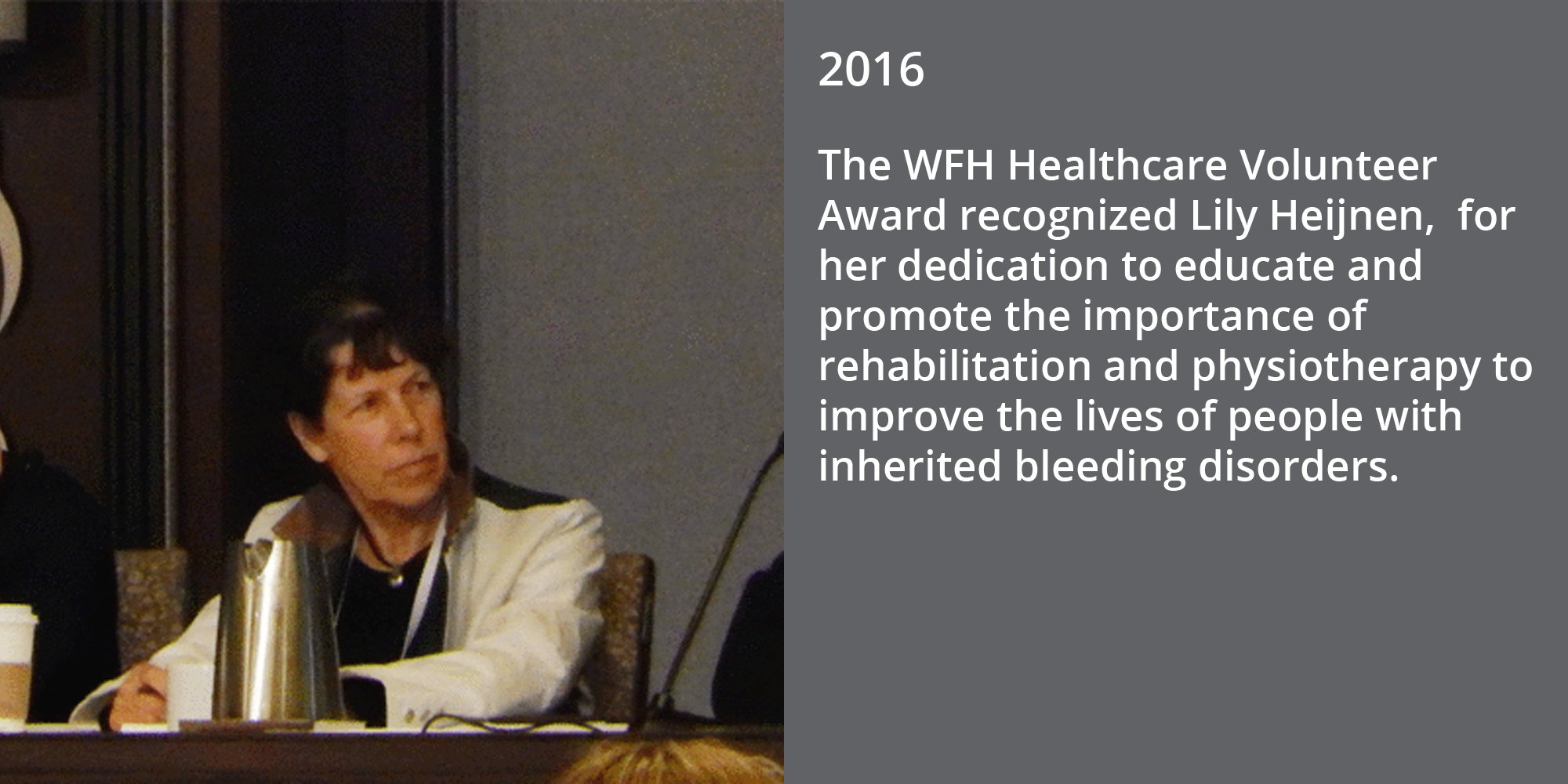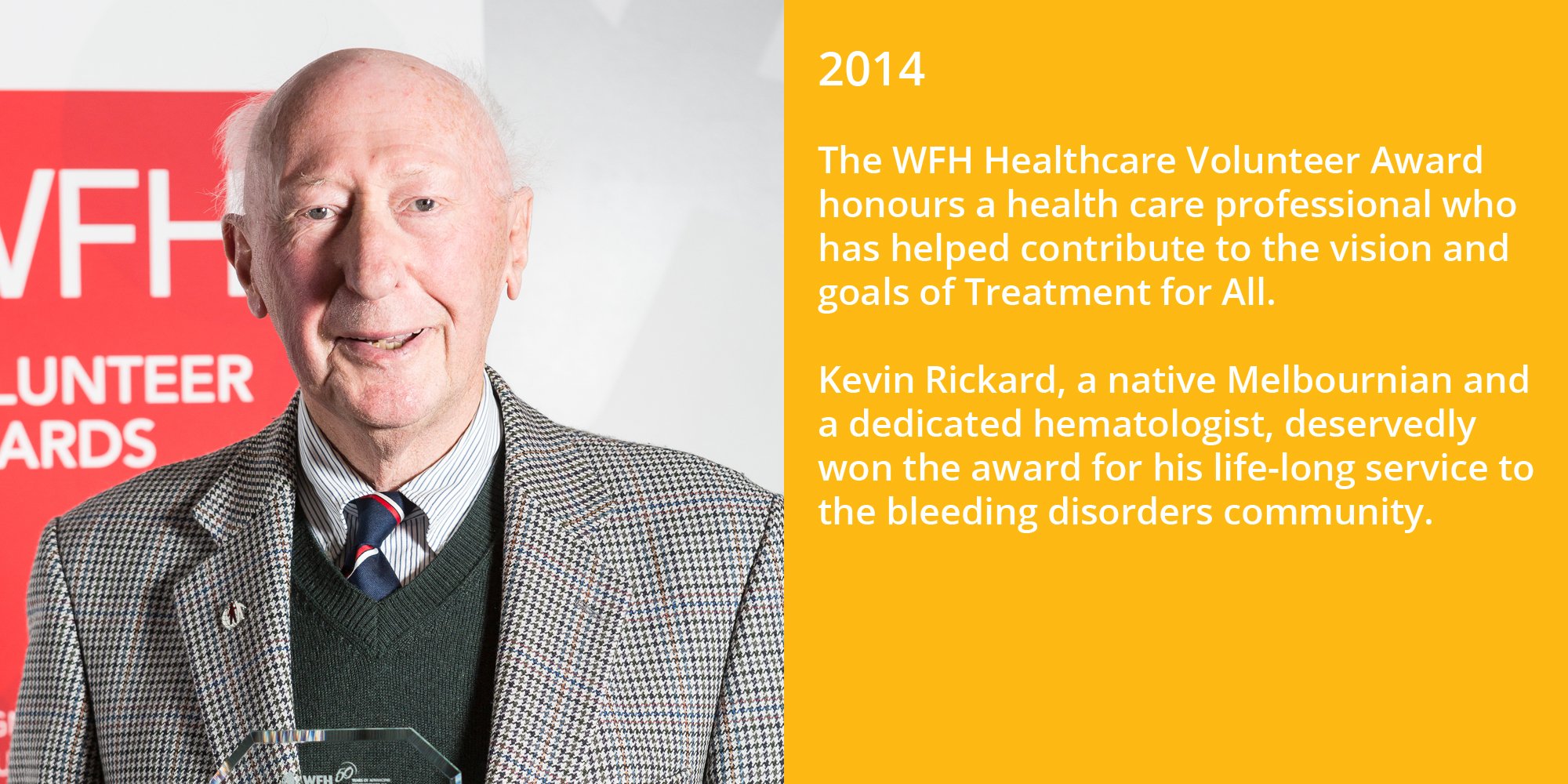Over a year ago, a seed was planted to organize a global summit for women and girls with bleeding disorders (WGBDs). That seed came to fruition this past November when the WFH held the first-ever Global Summit on women and girls with inherited bleeding disorders. Because of the COVID-19 pandemic the event was held virtually—but that didn’t stop it from being dynamic, creative, and inspiring for all who attended in a global show of solidarity and empowerment. Nearly 1,400 participants from all corners of the world registered for the event—helping to make it a major success.
The Summit kicked off with an address from Cesar Garrido, WFH President, who emphasized the need for inclusion. Gina Schnabel—daughter of Frank Schnabel, founder of the WFH—then shared her story as a carrier. In her opening video, she declared, “You are your most powerful ally, never stop speaking up”, which set the tone for the next two days. Dawn Rotellini, Chair of the WFH Women with Inherited Bleeding Disorders Committee, shared data from the 2019 WFH Annual Global Survey related to women; she also shared information on actions the WFH has taken to serve female patients. Other sessions from the Summit began with testimonials from women who discussed how living with a bleeding disorder has shaped their lives.
Quality of life and the impacts of a bleeding disorder on women and girls was discussed in the first session of the Summit. The session outlined the numerous challenges women and girls face due to heavy menstrual bleeding and the fact that their condition is often dismissed by physicians.
The diagnosis dilemma—and the challenges it poses in both developed and developing countries—was addressed by Robert Sidonio, MD. What is considered normal bleeding was looked at by Michelle Lavin, MD, who mentioned the term, “menstrual blindness” which describes the fact that often, female patients do not recognize in themselves symptoms of having a bleeding disorder, such as excessive menstrual bleeding. Lavin went on to cover the importance of monitoring and tracking periods and other bleeding-disorders-related symptoms. Roshni Kulkarni, MD, an expert in telemedicine, illustrated opportunities for reaching and treating patients who live in remote areas far from treatment centres—thus giving patients hope and offering them counsel on care and treatment options and during today’s pandemic conditions.
The exchanges in the session on what women need and want were powerful, allowing both treaters and patients to dive deep into how to change the current situation and respond to the needs of WGBDs.
The WFH launched its new Initiative for Women and Girls in a fun, interview-style session led by Sharon Caris, and featuring special guests Cesar Garrido, WFH President; former WFH president Mark Skinner; Jameela Sathar, MD, from Malaysia; and Luisa Durante on behalf of the WFH. This endeavour will focus on key areas such as training for health care professionals so they can provide comprehensive care for WGBD patients. The initiative will also offer recommendations to national member organizations (NMOs) on how to conduct outreach and awareness campaigns on issues such as early diagnosis, inclusion and impacts on WGBDs. It will also encompass knowledge exchanges as well as the sharing of best practices between healthcare professionals (HCPs), patients and NMOs.
The second day started with a deep and insightful conversation on stigma, cultural norms, and taboos—all of which are barriers that often prevent women and girls from accessing adequate care and treatment. There were exchanges on how to normalize talking about blood, and how to connect with other women and girls to break the marginalization that is often experienced by WGBDs.
Another session covered the concept that access to health care is a fundamental human right for everyone, and how one can advocate for adequate care and treatment. The International VWD guidelines were shown to be a great tool for health care professionals and patients alike for addressing this challenge. This session showed how patients were engaged in the development of the guidelines. It also offered attendees many tips—which can be applied in local contexts—to advocate for change for persons living with von Willebrand disease (VWD).
NMOs from Tunisia, Malaysia and Honduras shared the actions their organizations are taking for WGBDs to foster leadership, empowerment, and a sense of belonging.
The Summit also featured bleeding disorders trivia, which was offered as an amusing and interactive way to test knowledge and to identify areas where more work is needed.
Participants for the first-ever Global Summit on women and girls with inherited bleeding disorders came together as a global community to listen, to learn, to enhance empowerment and to encourage greater participation and inclusion of WGBDs in patient organizations. A shift has begun, where bleeding disorders are not automatically only associated with men, and where there is greater awareness that women bleed too.
